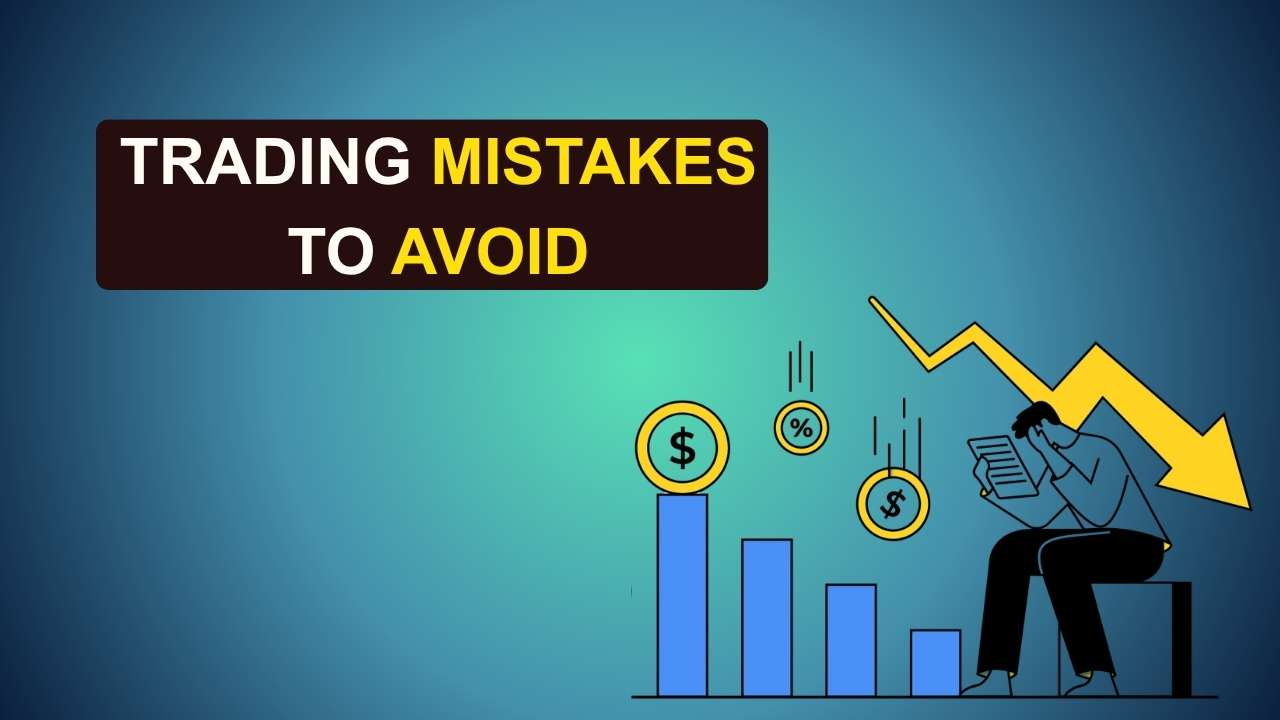Mutual funds have been a favorite investment option for ages, providing diversification and professional management to investors. But the performance of mutual funds is commonly influenced by interest rate changes.
Whether you are in debt, equity, or hybrid funds, it is essential to understand how interest rates influence your investments so that you can make better decisions and manage risk more effectively in your portfolio.
What are Interest Rates?
Interest rates are the price one pays to borrow money, usually as a percentage of the amount borrowed. It is an important economic indicator and plays a pivotal role in many financial activities. Below are some major points:
- Definition: The amount paid for the privilege of using money, whether in investments or loans.
- Central Bank Function: Central banks affect interest rates via monetary policy, to match economic growth and inflation.
- Interest Rate Types: The repo rate, reverse repo rate, and other benchmark rates are some of the important rates that affect daily lending and borrowing.

Interest rates are important to understand since they decide the amount of money that investors get as returns on their savings and what borrowers have to pay on their loans.
Why Do Interest Rates Change?
Interest rates do not remain constant; they move based on several economic indicators. Below are the primary drivers:
- Inflation: Central banks raise interest rates to fight inflation, thus slowing down the economy. When inflation is sluggish, rates are lowered to spur growth.
- Economic Growth: In times of strong economic growth, interest rates can be increased to counteract the excessive growth of the economy. In times of slowing economic growth, the rates are usually cut to stimulate borrowing and spending.
- Fiscal Policies: Government expenditure and fiscal deficits have the ability to affect interest rate changes since governments may have to borrow more, causing rates to rise.
- Global Economic Factors: Adjustments in the global economic environment, for instance, policy changes in leading economies, may influence domestic interest rates through capital movements and market perception.
These changing interest rates are an important aspect of monetary policy and directly influence different investment opportunities, such as mutual funds.
Investment – Interest Rate Connection
Interest rates and investments are closely linked, impacting everything from borrowing costs to consumer spending. Here’s how they connect:
- Borrowing Costs: Higher interest rates increase the cost of loans for businesses and individuals, potentially slowing down economic activity. Lower rates reduce these costs, encouraging spending and investment.
- Asset Valuation: Interest rate fluctuations may affect the value of financial assets. For instance, when interest rates increase, the present value of future cash flows from investments would be reduced, having a direct effect on the prices of assets.
- Investor Sentiment: Market sentiment tends to change on the back of interest rate movements, affecting both equity and debt market investment decisions.
This relationship is particularly important for mutual funds, whose performance is closely linked to the movement of interest rates in the overall economy.
How Interest Rates Impact Mutual Fund Investments
The effect of interest rates on mutual funds depends on the composition of the fund:
Impact on Debt Mutual Funds
- Rising Interest Rates: If interest rates go up, prices of current bonds (with lesser yields) fall, and therefore the Net Asset Value (NAV) of debt funds comes down.
- Falling Interest Rates: On the other hand, declining rates make the current bonds with higher yields attractive, causing their market price to rise and raising the NAV of debt funds.
- Duration Matters: Funds with greater durations are more vulnerable to the effects of changing interest rates than those with smaller durations.
Impact on Equity Mutual Funds
- Indirect Effects: Higher interest rates tend to drive up borrowing expenses for corporations, lowering profit margins and impacting share prices adversely. Lower interest rates tend to stimulate corporate profits, supporting equity fund performance.
- Sector Variability: Some sectors, for example, consumer staples and utilities, may be less sensitive to interest rates, whereas others like real estate and infrastructure may be more sensitive.
Impact on Hybrid Mutual Funds
- Balanced Approach: Hybrid funds that invest in equities as well as fixed-income securities face a combination of effects. The fund managers can shift the mix between stocks and bonds according to prevailing interest rate patterns to maximize returns.
What Can You Do to Protect Investments When Interest Rates Change?
Investors have several strategies they can use to soften the blow from interest rate moves on their mutual fund investments:
Diversification
- Asset Allocation: Have a diversified portfolio consisting of a blend of asset classes. This limits the overall risk if one segment, like debt funds, gets hurt by an increase in rates.
Investment Strategy Adjustments
- Short-Duration Funds: During a phase of increasing interest rates, switch investments to short-duration debt funds, which have lower rate sensitivities.
- Sector Rotation: In the case of equity funds, invest in less interest-rate sensitive sectors, i.e., technology or consumer staples, when interest rates are on the rise.
Regular Review and Rebalancing
- Monitor Performance: Periodically check your portfolio to evaluate the effect of fluctuating interest rates and rebalance your investments as needed.
- Professional Advice: Consider taking the advice of a financial advisor to make your strategy suit the prevailing economic scenario and your investment objectives.
Systematic Investment Plans (SIPs)
- Dollar-Cost Averaging: Utilizing SIPs smoothes the effect of market volatility in the long run. Such a strategy can be especially useful in eliminating the negative effects of short-term fluctuations in interest rates.
Final Thought
Interest rates are a natural force behind the financial markets, which affect the performance of mutual funds in numerous ways. By grasping the correlation of interest rates with mutual fund investments, you can make wise choices and change your strategy to shelter and grow your portfolio.
Diversification, tactical asset allocation, and periodic portfolio rebalancing are the cornerstones of managing the dynamic landscape influenced by interest rate fluctuations. Keep updated on economic trends and central bank policies to make your investments robust against the volatility of interest rates.











